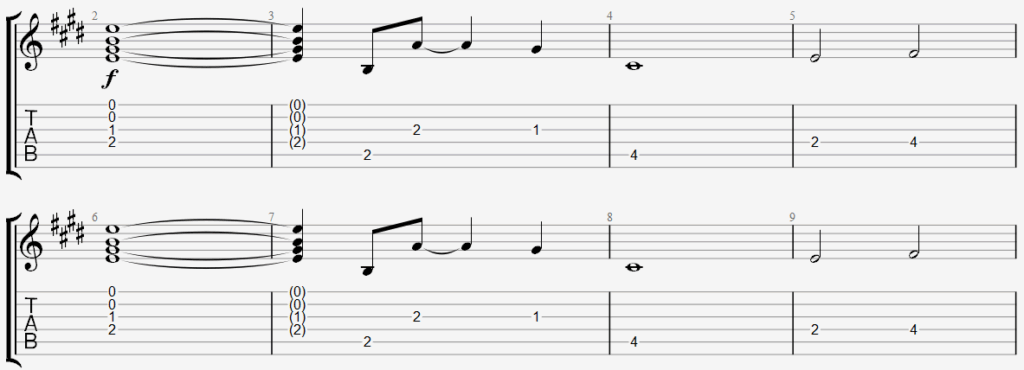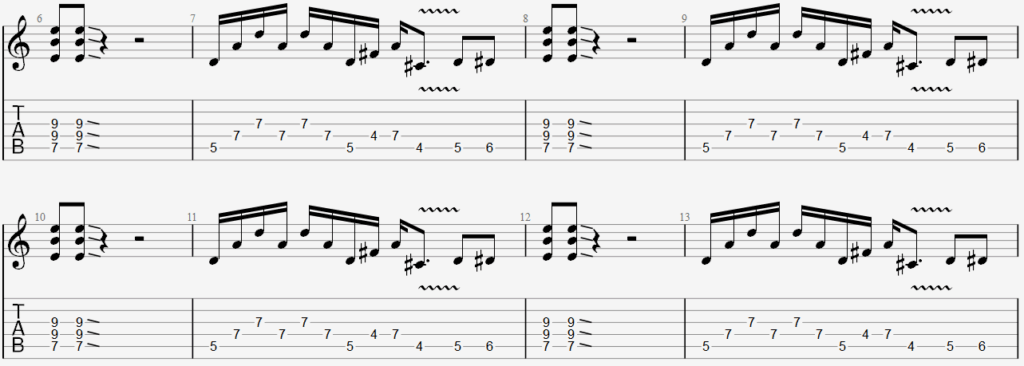Worldwide Shipping
available with all orders
Sell or Trade
Sell/trade your guitar or find your next guitar
Have a question?
An update on the latest new guitars at GuitarGuys,
Want to know more?
Join our newsletter.
live video demo’s, promotional offers and giveaways.







